KENYA AS A MARITIME NATION
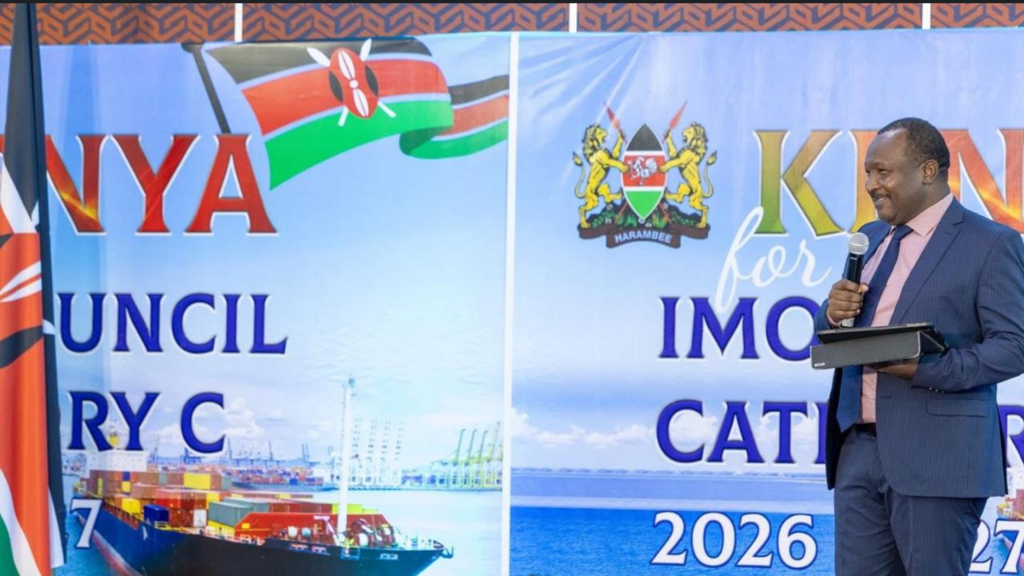
Kenya participates in IMO meetings and working groups contributing to the formulation and development of international maritime policies and advancement of global maritime agenda. Kenya has demonstrated leadership by hosting IMO regional workshops and training programs. To further support IMO Activities, Kenya hosts the IMO Regional Office for Eastern and Southern Africa, The Regional Maritime Rescue Coordination Centre (RMRCC), the Maritime Technology Cooperation Centre (MTCC) - Africa; the Maritime Organisation of Eastern and Southern Africa (MOESNA), and the Port Management Association of Eastern and Southern Africa (PMAESA). In addition, plans are underway to operationalize the Association of African Maritime Administrations (AAMA) Secretariat in Kenya.
Kenya’s strategic location along the East African coast and the major maritime trading routes connects Africa to Europe, Asia, and the Ameri- cas.The Kenyan Ports of Mombasa and Lamu are located among the world's busiest international shipping lanes and critical gateways for trade in the land-linked countries of East and Central Africa.
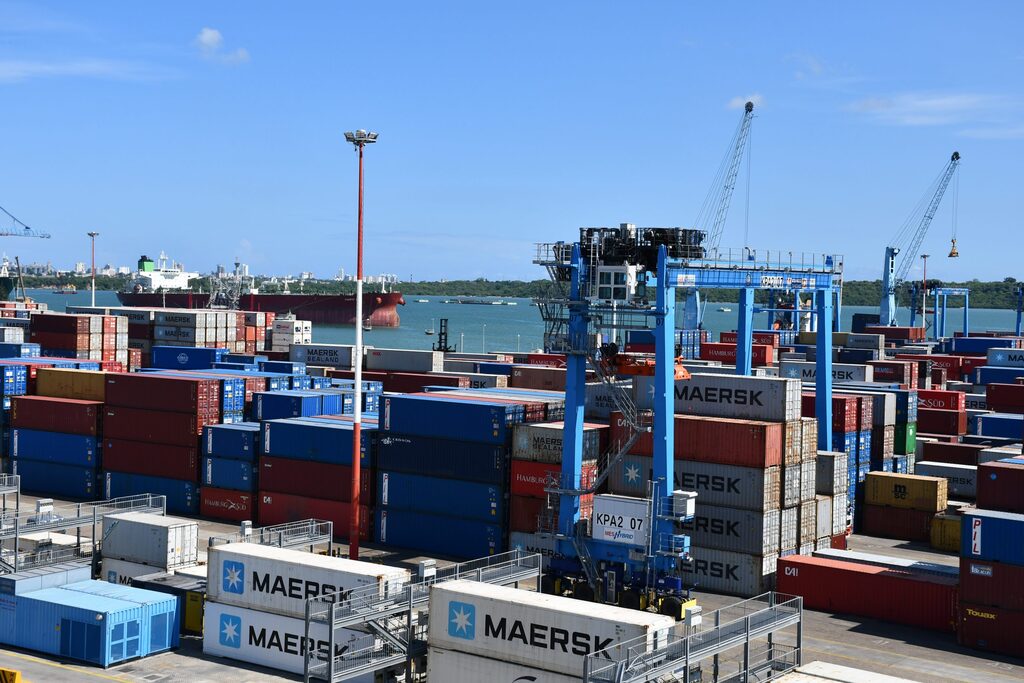
Kenya as a Maritime Nation (Statistics)
Land area: 582,650km2
Ocean Area: 221,778km2
Exclusive Economic Zone: 10,812km2
Kenya’s Blue Economy Value: $4 Billion
Port Container Traffic: 2,005,076 TEUs
Cargo Throughput: 41.1 million tons
Transit Cargo volume: 13.4 million tons (17.4% rise)
Imports: 768,088 TEUs (17.2% rise)
Exports: 731,934 TEUs (6.6% rise)
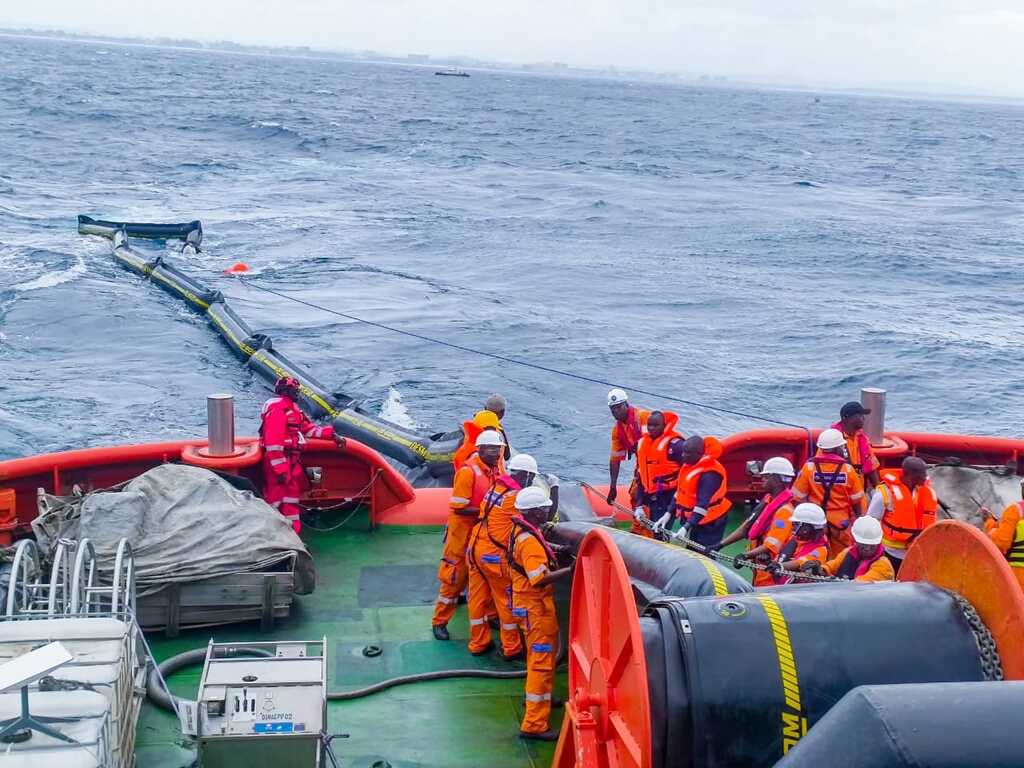
Kenya strongly advocates for sustainable maritime practices, including reducing Green House Gas Emissions (GHG) from ships and protecting marine ecosystems. Kenya continues to demonstrate its dedication to environmental protection in the
maritime sector by taking practical remedies such as the production of green energy, afforestation and re-forestation programmes.
Kenya hosts the Regional Maritime Rescue Coordination Centre (RMRCC) in Mombasa, which covers the regions of Somalia, Kenya, the United Republic of Tanzania, and the Seychelles on behalf of the international maritime community.
Maritime Trade Facilitation (FAL)
Kenya has established a Maritime Single Window Platform in accordance with the IMO FAL Convention to enhance electronic data interchange, aiming for faster clearance of ship cargo, crew, and passengers to improve efficiency at the Port of Mombasa.
Kenya has proposed and is championing the development of guidelines for preventing and suppressing the smuggling of wildlife on ships involved in international maritime traffic (FAL 44/18/1), which was adopted as a Work Programme by the Facilitation Committee in its 44th Session.
Additionally, Kenya is advocating for the development of a Port Community Charter to increase efficiency at the Port of Mombasa and reduce the cost of doing business, thus unlocking its full potential as a gateway to the Eastern and Central African region and beyond.
Kenya designated seafarers as key workers which is in alignment with the 2025 joint ILO-IMO amendment to Maritime Labour Convention (MLC) 2006. Kenya contributes to the reduction of the global shortage of seafarers and protects the welfare of seafarers through an established legal framework.
OUR PARTNERS

The Ministry of Blue Economy in Kenya coordinates sustainable management and development of marine and aquatic resources, including fisheries and aquaculture.
It aims to promote economic growth, food security, job creation, and environmental protection through policies, research, and partnerships in the blue economy sector.
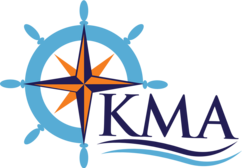
KMA ensures maritime safety, enforces international conventions, manages ship registration, coordinates search and rescue, and oversees seafarers' training and welfare.
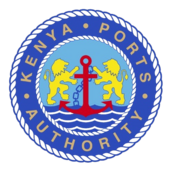
(KPA) is a state corporation responsible for managing and operating Kenya's seaports, including Mombasa, Lamu, and Kisumu.
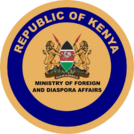
manages Kenya's foreign policy, promotes national interests globally, coordinates international relations, protects Kenyans abroad, and oversees diplomatic missions and treaties.

Kenya coast guard service enforces maritime laws in Kenya’s territorial waters, ensuring security, pollution control, fisheries protection, anti-trafficking, sanitation, search and rescue, and prosecution of offenders

Is a Kenyan state agency that manages the National Electronic Single Window System, facilitating international trade by enabling electronic submission, processing, approval, and payment of trade documents, fees, and taxes efficiently.